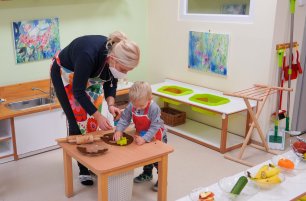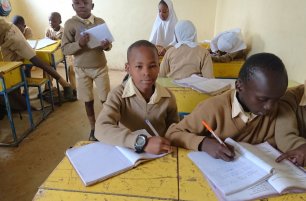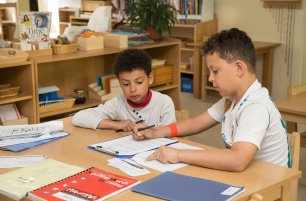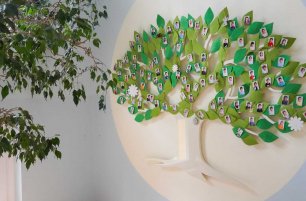Mones
Sorry, this article is only in Czech.

We know that when schools are closed and children are at home for the holidays, it can sometimes be a challenge to come up with new, interesting ideas of things to do with your toddler. Here we have compiled a list of our three favorite winter-themed activities that consist of simple steps and only require materials that you probably already have around the house.
Read more
We "made a trip" to Africa to ask our adopted schoolmate Abdul how he is doing.
Read more
It is no surprise to hear parents expressing doubts about a multi-age classroom, and questioning how children of different ages could work together harmoniously in the same environment, and if there are any benefits to this approach.
Read more
We're excited to celebrate 20 years since IMSP first opened its doors to the Prague community. Two decades spent working with parents, teachers, and staff that share our same passion for holistic education is something we’re proud of. The Montessori method is community-driven, and as we look back on our achievements so far, we want to take time to thank the people that made it all possible.
Read more
We have all had our fair share of complaining about the situation we have found ourselves in since last Spring, but in this article, I wanted to concentrate on the positives this has brought to us.
Read more